The Baby Shampoo Conditioner Market is currently characterized by a dynamic competitive landscape, driven by increasing consumer awareness regarding product safety and the demand for natural ingredients. Major players such as Johnson's Baby (US), Mustela (FR), and Burt's Bees (US) are strategically positioned to leverage these trends. Johnson's Baby (US) continues to innovate with its product formulations, focusing on hypoallergenic and tear-free options, which resonate well with parents seeking gentle solutions for their infants. Meanwhile, Mustela (FR) emphasizes its commitment to sustainability, utilizing eco-friendly packaging and natural ingredients, thereby appealing to environmentally conscious consumers. Burt's Bees (US) has carved a niche in the market by promoting its organic and natural product lines, which align with the growing trend towards clean beauty. Collectively, these strategies not only enhance brand loyalty but also intensify competition within the market.
In terms of business tactics, companies are increasingly localizing manufacturing to reduce costs and improve supply chain efficiency. This approach is particularly evident in regions where demand for baby care products is surging. The market structure appears moderately fragmented, with several key players holding substantial market shares while numerous smaller brands cater to niche segments. The collective influence of these major companies shapes pricing strategies and product offerings, creating a competitive environment that encourages innovation and responsiveness to consumer preferences.
In August 2025, Johnson's Baby (US) launched a new line of organic baby shampoos, which are formulated with 100% natural ingredients. This strategic move not only aligns with the growing consumer demand for organic products but also positions the brand as a leader in the natural baby care segment. The introduction of this line is likely to attract health-conscious parents and enhance brand perception in a crowded marketplace.
In September 2025, Mustela (FR) announced a partnership with a leading environmental organization to promote sustainable practices in the baby care industry. This collaboration aims to raise awareness about the importance of eco-friendly products and practices among consumers. By aligning with a reputable environmental group, Mustela (FR) strengthens its brand image and commitment to sustainability, potentially influencing purchasing decisions among eco-conscious parents.
In July 2025, Burt's Bees (US) expanded its product range to include a new line of baby conditioners that utilize innovative botanical extracts. This expansion reflects the brand's ongoing commitment to natural ingredients and positions it to capture a larger share of the market. The introduction of these conditioners is expected to resonate with parents looking for effective yet gentle hair care solutions for their children.
As of October 2025, the Baby Shampoo Conditioner Market is witnessing significant trends such as digitalization and sustainability, which are reshaping competitive dynamics. Companies are increasingly leveraging technology to enhance customer engagement and streamline operations. Strategic alliances are becoming more prevalent, as brands collaborate to enhance their product offerings and market reach. Looking ahead, competitive differentiation is likely to evolve from traditional price-based competition towards innovation, technological integration, and supply chain reliability, as companies strive to meet the changing demands of consumers.


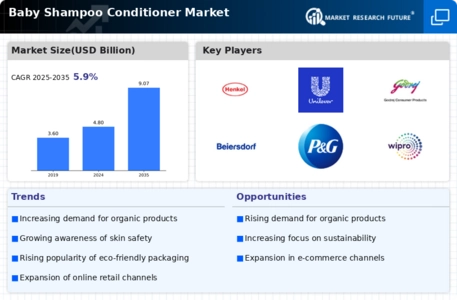

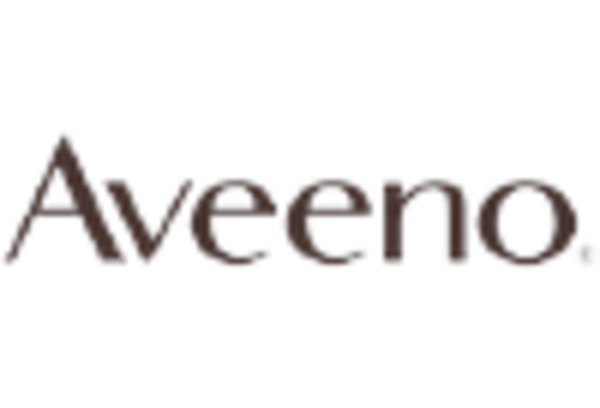
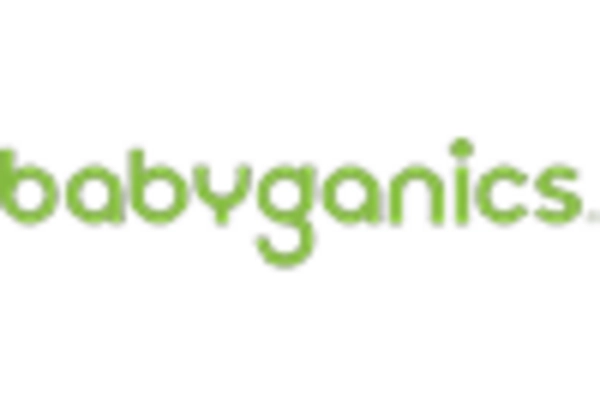

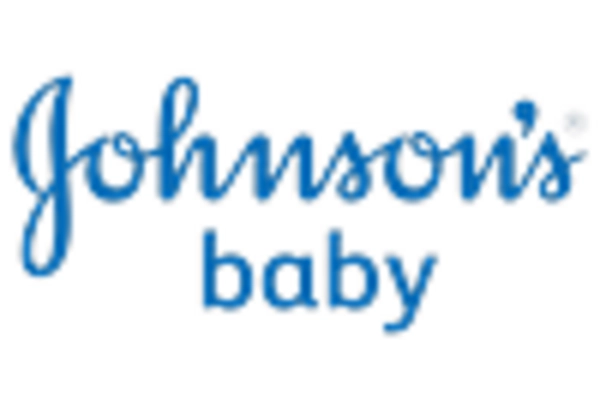

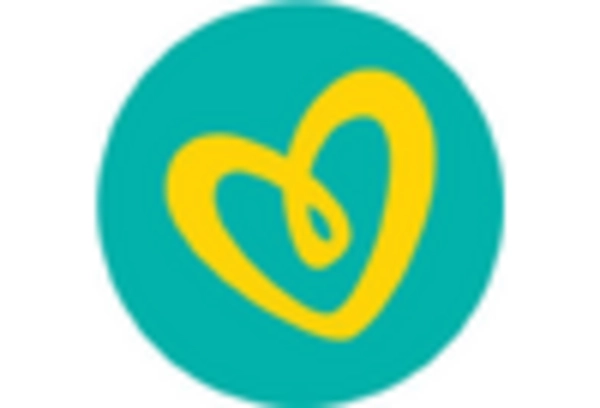








Leave a Comment